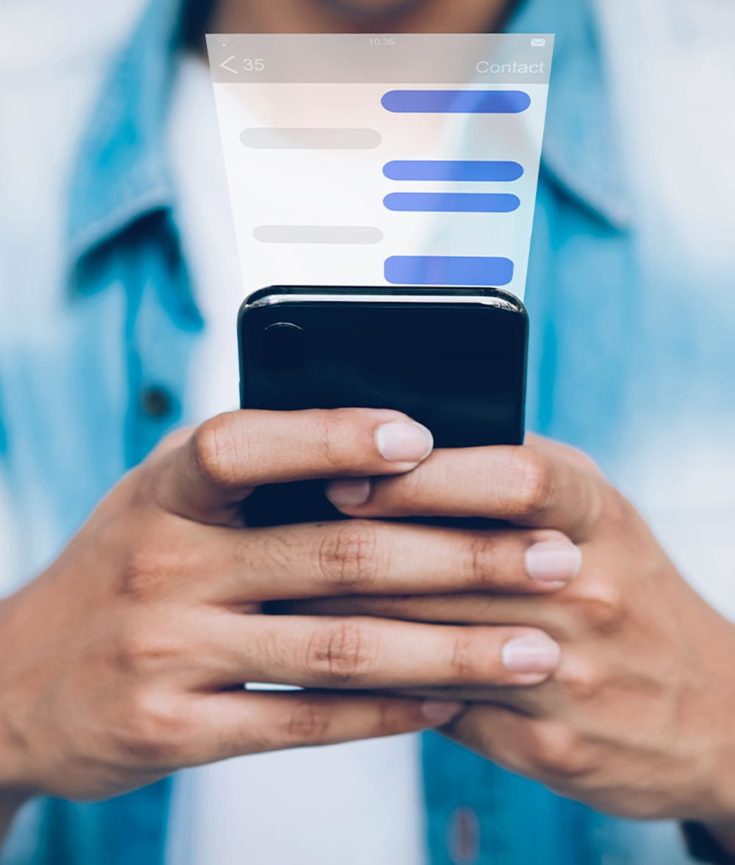With much of the world sheltering in place, there has been a noted increase in domestic violence, as experts had feared. Not all abuse is physical, though: Many abusers are using smartphones and apps to inflict additional pain.
By Ina Fried, author of Login
Why it matters: Technological forms of abuse, ranging from sharing intimate photos to hacking accounts and stalking, can persist even after survivors have physically escaped their abusers.
Of note: Abuse facilitated by technology is now the most common form of domestic abuse, followed by in-person psychological abuse, physical and sexual abuse, according to Alison J. Marganski, an associate professor at New York’s Le Moyne College.
The big picture: The rise in home technology has made it possible for abusers to spy on their partners’ online accounts, track their physical movements and share personal information.
- Among other techniques, abusers share intimate photos; monitor their partners’ internet history, texts and emails; and deploy spyware and camera-based surveillance. They also sometimes withhold access to tech, which during the pandemic can cut partners off from work, friends and access to medical care.
“Just as everyone right now is using technology, abusers can also use technology to get any kind of information imaginable,” says Sarah St. Vincent, who runs a clinic at Cornell that provides help to those that find themselves in such a situation.
- If survivor is in a safe place and has access, St. Vincent said, her group can provide help directly, but she notes that isn’t always possible.
- “If people are concerned their accounts are being monitored, that makes it even harder for people to reach out to us for that very problem,” she said.
- The academic research that led to the clinic began in 2016, while the clinic itself opened in 2018 and has helped more than 150 people since then. It currently has 9 researchers and volunteers.
Driving the news: COVID-19 has only made things worse.
- Helping people in abusive relationships has gotten even trickier amid the pandemic, since they have less opportunity to be physically separate from their abuser.
- But the Cornell team has found other ways, such as offering step-by-step by step guides and the ability to speak indirectly through an intermediary, such as a case worker, when necessary.
- “We’ve really been having to innovate in response to this,” St. Vincent said. “So far it’s been working really well.”

